I have been busy of late because of two work projects and familial commitments planned in advance of the two projects coming onto my agenda, so I haven't been able to blog for awhile.
One of the things I wanted to blog about was a series of pieces related to business improvement districts and citizen involvement generally, along with other design issues sparked by a community planning exercise that was held in the NoMA district a few weeks ago on a Saturday. The event brought together AICP certified planners in DC for the American Planning Association's legislative conference, along with some community members.
Biketastic: NoMA BID promotional banner; part of the NoMA Connected branding-identity campaign.
Over the weekend, the
Post ran a story about NoMA, and the issue of what is its identity, "
Inside NoMa." And a couple weeks ago a couple outlets, including the DC NoMA Blog, had an interview with the outgoing president of the NoMA BID, Liz Price. See "
Liz Price: The Exit Interview."
Now, even though that was just a few years ago (the plan was finished around 2005 and approved in 2006) I knew a lot less then about urban planning, and so today, I would argue that are some significant gaps in the plan, and these gaps result from some systematic weaknesses in how we do urban planning in the city. DC doesn't produce community plans on the scale of what places like Arlington County Virginia and Montgomery County Maryland call "sector plans."
Sector or community or neighborhood plans are systematic and complete master plans for an area, dealing not only with land use, but also with transportation, parks and open spaces, schools, and other matters.
DC's "small area plans" are not complete community plans as much as they are management plans for development opportunities, sparked when a particular area has a concentration of build out opportunities. They focus on land use and transportation for the most part, but not the other areas typically covered by "planning."
For the most part, "small area plans" are not systematic and complete plans that address most/all "neighborhood" issues concerning civic assets such as parks, recreation facilities, schools, culture and arts issues, urban design, etc.
The City does have in a couple of plans in Mount Vernon Triangle and Columbia Heights, called "Public Realm Framework" plans which do cover more of these issues, which are not typically avoided in the city's traditional small area plan process.
Anyway, there are some big gaps in the NoMA plan, specifically concerning the provision of civic asset space such as parks, open space, and public recreational facilities, pedestrian and bicycle ways and integrated wayfinding systems, a plan for arts and culture space and opportunities, urban design requirements for buildings, and a clear delineation of the role and responsibility concerning citizen participation in future development management and review.
While I am highly impressed by the NoMA Business Improvement District and what they do, I think that there are at least five serious issues that should be raised from a planning perspective:
(1) for the most part, the NoMA plan was associated with the provision of a high degree of "development entitlement" within the properties, meaning that developers didn't have to go through special review projects for their large projects;
(2) however, the receipt of entitlements wasn't tied to a set of design review guidelines or a review process--height and bulk is the focus and output, not creating "great places";
(3) plus an opportunity for re-assessment and evaluation wasn't built into the process, so that if issues and gaps were identified, there is no process to re-engage the stakeholders to improve the process;
(4) a business improvement district (
NoMA BID), funded by property owners, was created to serve as the primary development, planning and marketing vehicle for the "commercial district, and by definition property owners are the primary movers and shakers in such organizations (yes there is some commercial tenant membership, but it is limited);
(5) even though the area was conceived from the outset as a mixed use district, a commercial and residential community eventually to have as many as 6,000 residents, there was no provision for substantive citizen participation and involvement in the Business Improvement District organization, so that planning activities for the community are driven not by citizen interest and concern as much as they are by business imperatives, and the decision making process is therefore more constrained and less creative and robust.
These are issues that I think ought to be addressed with regard to NoMA right now:
(1) the "parks and open space" planning process -- the BID has already gotten legislation initiated to set up a tax increment financing district to fund parks and open space acquisition, which was one of the areas missed by the NoMA Vision Plan (oops) -- is not very robust and needs significant improvement and expansion to include the provision of non-privatized community and recreational spaces open to the public, which could be funded also through the TIF, which should also fund walking and biking and wayfinding infrastructure.
For example, they could purchase a couple floors of the empty office condominium building at 1st and K Streets NE and convert those floors into a public community and recreation center. Etc.
(2) relatedly, I think that a system of cycletracks needs to be created to connect NoMA and the Metropolitan Branch Trail, on L, M and R Streets, to Downtown, and a "neighborhood loop" walking trail, connecting civic assets ought to be developed as well;
(3) the BID needs to be converted into the city's first "CID" or "Community Improvement District," through the creation of a category of resident membership. Note that apartment building owners "represent" residents as customers of their buildings currently, but residents are not directly represented.
In NYC and San Francisco (and probably elsewhere), there is a process for condominium owners to pay into CIDs (in NYC they are still BIDs, in SF they are Community Service Districts) through tax assessments. Baltimore has created "Community Benefits Districts" for Midtown and Charles Village (the city also has traditional BIDs), which include both commercial and residential properties as members, although there is a vociferous group of opponents still, more than 10 years after these CBDs were created. A certain number of residential members are elected to the boards of these organizations.
(4) IN THE INTERIM, the BID needs to open up its planning processes to more systematic citizen participation and input, e.g., apparently the BID is doing a cultural plan right now, but there isn't citizen involvement in the process; plus the planning process for the acquisition of parks and open space land was pretty limited and narrow (compare it to the much more robust process for the Buckhead Collection in Atlanta), yet it resulted in significant legislation calling for the direction of $65 million towards such activities--in my opinion to spend that much money, you need a great plan). This will improve the plans that result and build community engagement much earlier in the process.
(5) there needs to be design review to ensure that the buildings do what they are supposed to do in terms of connecting to and extending the quality of the streetscape in general;
Images: Opportunities for thriving "edgespace" / Images along the Metropolitan Branch Trail in NoMA
Future second floor building space between M and N Streets along the Trail could be integrated into the Trail, while the ground floor space could be integrated into the walkway adjacent to the subway station.
(6) One of the things my group discussed is what I call "edgespace" (based on the ideas of Kevin Lynch), specifically along the walkway at the Metro Station (see #7 below where this is discussed separately, with photos below) and along the Metropolitan Branch Trail (photos above).
There are no requirements for the adjacent buildings to treat the Trail or the Metro walkway as "streetscape" that they should integrate and connect with.
That should be addressed and changed now.
The thing is that if it isn't, these are multi-generational decisions, it could be decades before there is an opportunity to correct mistakes made over the next few years as these sites are developed. (Note that I think there is some kind of arrangement for the Washington Gateway site to be integrated into the Trail -- it's the triangle of land between the Trail, Florida Avenue, and New York Avenue.)
The trail next to Washington Gateway.
(7) Walkway next to the New York Avenue Metro Station between M and N Streets -- integrating this "edgespace" between transit and commerce
Nickels Arcade, Ann Arbor. Flickr photo by FarzinM Photography.
By reconceptualizing the walkway--edgespace--next to the New York Avenue Metro Station Walkway as a type of arcade space, integrating the transit station and commercial space in a manner that makes the space exciting instead of forbidding is an incredible opportunity.
Many people, such as ANC Commissioner Tony Goodman, have had ideas along these lines for awhile. What's stopping it is narrowly construed WMATA rules and interpretations about its space and commercial activity and transit as placemaking -- basically, WMATA doesn't see the need for transit stations to be integrated into communities as vital, connected spaces.
Plus, there aren't design guidelines and processes in place to put this idea forward. Once the buildings are constructed, if they aren't constructed to create these kinds of spaces, the opportunity is lost.
(Note that WMATA and transit and placemaking is another blog entry I intend to write soon.)
Labels: civic engagement, participatory democracy and empowered participation, transit and economic development, transportation planning, urban design/placemaking, urban revitalization
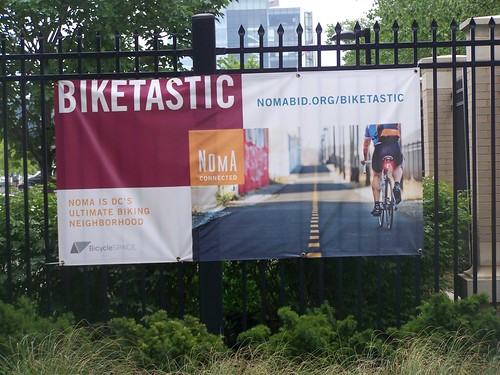
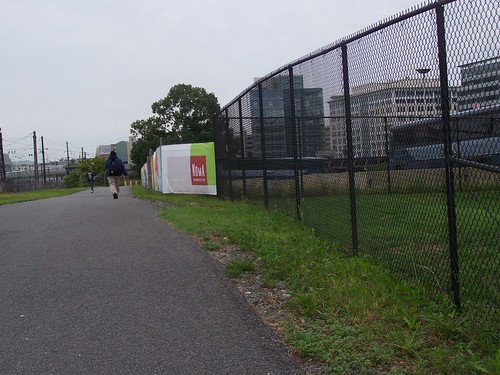
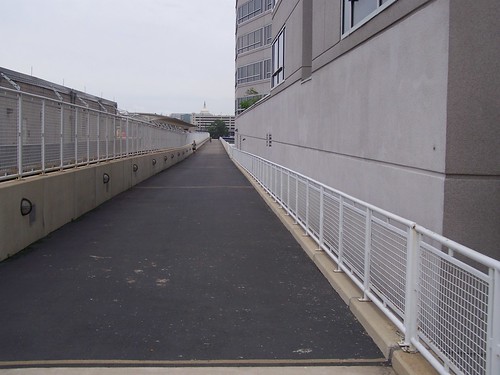

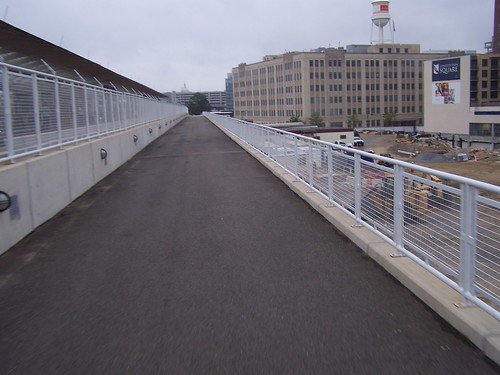
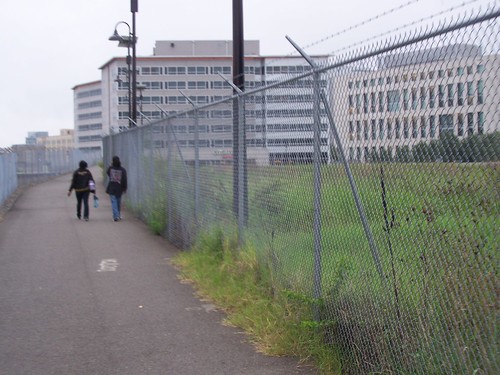
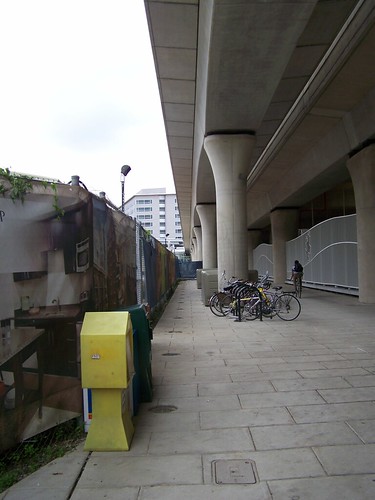
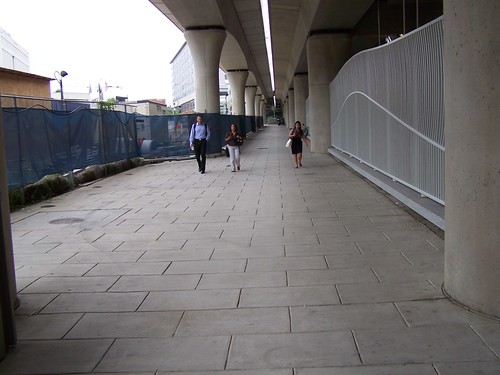




2 Comments:
I posted part of this comment on the place-keeping.org website too - sorry, too much time has passed since you left your comment. Thank you.
I need more time to go through your website which is really impressive.
Richard
There is also a NID concept being developed in Germany - neighbourhood improvement district - which sounds very similar to your CID - in Steilshoop, Hamburg (a social housing estate with few resources... Have you also come across the PID - parks improvement district which is being piloted in London at the moment in Camden. Not particularly new ideas in the US, but they are for us, based on the BID. http://www.sharedassets.org.uk/consultancy/a-parks-improvement-district-for-bloomsbury/
i really enjoyed the article that you linked to. I think your points about who is involved in the decision-making/ governance and who is affected by such decisions needs to be examined and challenged. I don't think it is a compelling enough reason that because businesses are putting in the funding, that gives them the overriding authority... places are not just about funding - when we talk about place-keeping, funding is just one of several aspects of open space management.
In the UK, we also have the Neighbourhood Plan now that our Conservative government is pushing as a means (one of many) of decentralised decision-making but which also (conveniently) helps save money on local authority budgets. What we are finding here - and it is in its infancy so I have no evidence to call on, just anecdotal evidence - is that places applying to have a Neighbourhood Plan tend to be those in richer parts of the city, with residents with greater capacity and ability to create the necessary documents/ complete the relevant funding applications/ understand the relevant jargon. This also calls on their collective capacity, which - without over-generalising - tends to be stronger in richer parts of cities.
Thanks so much for the site, I found a lot of useful information for us.
Post a Comment
<< Home